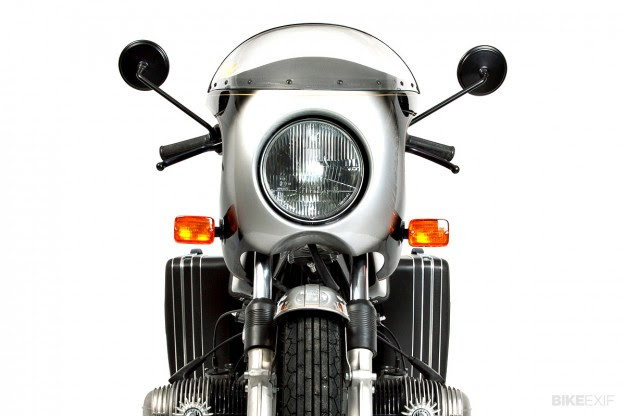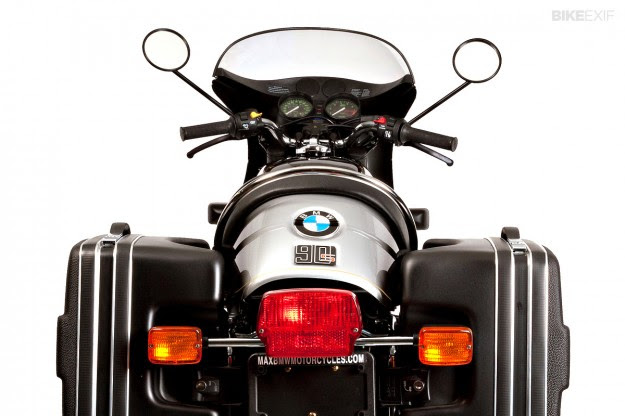Lewis Hamilton has just ensured his place in the history books by winning a second Formula 1 world title in a modern era where the excessive cockpit adjustments have garnered opinion from some that currently drivers have too much to concentrate on. I beg to differ. The steering wheel goes left to right and the pedals are in the same layout as in a Hertz rental car.
Imagine being a motorcyclist and getting called up to fight in a World War, pretty bad news. Then you find out you’ll be a motorcycle dispatch rider, slight improvement. But you turn up and find throttle is on the left, the clutch lever is now the front brake and the actual clutch by your left foot and there’s a suicide shift for the gears. Oh, and a foreign man is shooting you, so you must shoot him back, reload and shoot his mate whilst riding fast across a deeply rutted field in the pouring rain. And it’s winter, your fingers don’t feel your own and they’ll be no champagne spraying when you deliver your important documents.
So, now we’ve set a gallant, macho and heroic tone hopefully some of it will blend into the picture at the bottom of this page. The man sporting bare feet and half a suit is Oscar Tasso, he is Italian, from Milano, and therefore fully accredited to suggest such sartorial juxtaposition. If it wasn’t for the fact that we know Oscar and OC Garage we’d possibly have a dig.
OC’s last build, Dark Lady, was the result of a truly life changing moment, one reason why Oscar is so very passionate about what he creates for a living. This BMW was to be the antithesis to the Dark Lady, a bike to exude testosterone. “Mortaio” started out life as an R80RT and is just about recognisable as one.
Obviously to achieve this degree of paint finish a complete strip down was required. Everything was cleaned and blasted before the various tones and textures could be added. The wrinkle finish on the engine and transmission is particularly resilient and hard wearing. The subframe and luggage racks are Oscar’s handiwork, the pillion pad a detail reminiscent of bikes from decades earlier. This and the main seat are of course handmade and covered with fine leather.
The engine and gearbox were also stripped and refreshed with new bearings and seals. Bing carbs enjoyed an ultrasonic bath and new jets to cope with the free-breathing cone filters. The usual truck sized battery has been recycled, probably now being used by some soap dodgers living off-grid in the Dolomites, a minuscule Lithium-Ion version is now hidden away in one of the ammo cases.
The fuel tank is from a Honda and modified to fit, with textured paint to match the engine. The forks have been firmed up with a thin but strong steel tubed brace. Trials tyres are a welcome break from the aggressive knobblies we often see in the Shed, offering a off-road potential and vintage looks.
The R50 style headlight is mounted in a bracket fabricated in the same way as the fork brace, with an Acewell all-in-one speedo making up the cockpit. The ignition key and switch have been located rearward, below the saddle. Wide, flat bars compliment the retro aesthetic whilst helping Oscar lever his way through Milano’s mean streets.
The stainless exhausts headers are tailored to fit and held in by a rather tasty machined aluminium rose nut. Which not only looks great but saves that knuckle-skinning, thread stripping episode if the heads need to ever come off.
Oscar has executed his own brief with crisp detail and built something a little different form the norm, hear hear for that. Other examples of his “Moving Art” can be found on his website as well as videos of previous builds. With a few more commissions he might even be able to afford a pair of trousers and some nice shoes.
First published at http://thebikeshed.cc
















